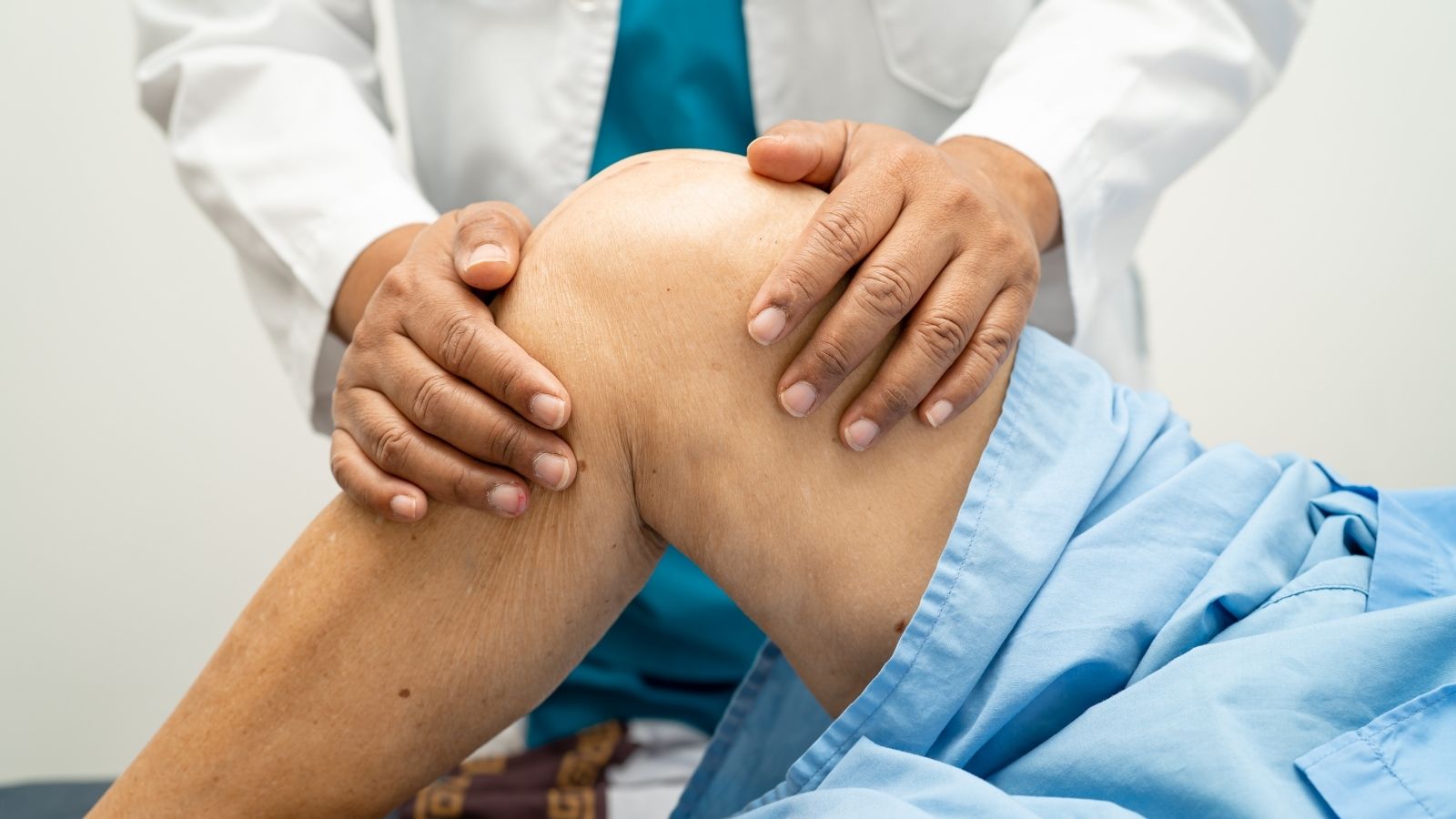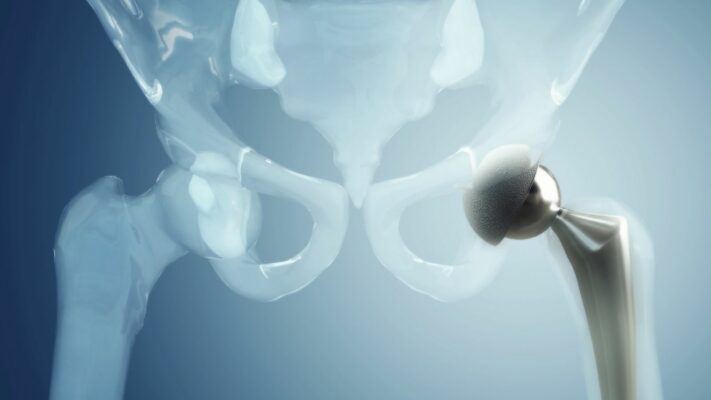Prof. Dr. Murat Demirel, one of the best orthopedic doctors performing exosome therapy in Ankara, stands out with his expertise and experience in this innovative treatment method that supports joint health. Exosome therapy is a modern approach that supports the regeneration of damaged tissues by using biological structures that provide intercellular communication and accelerate the repair process. It offers effective results especially in cartilage damage, joint osteoarthritis, tendon injuries, and sports traumas. Prof. Dr. Demirel provides personalized treatment plans in advanced technology-equipped centers with high hygiene standards among hospitals in Ankara that offer exosome therapy.
During the treatment process, Prof. Dr. Demirel thoroughly informs his patients and ensures that recovery progresses safely and quickly with post-therapy medical recommendations. He provides transparent information regarding exosome therapy prices in Ankara, helping patients make correct and informed decisions. You can also contact us immediately to book an appointment to strengthen your joint health, reduce your pain, and improve your quality of life.
| Treatment Name | Exosome Therapy |
| Application Areas | Dermatology, orthopedics, neurology, aesthetic medicine |
| Purposes of Use | Cell regeneration, tissue repair, hair loss treatment, skin rejuvenation, healing of joint and tendon injuries |
| Source | Small vesicles (extracellular vesicles) derived from stem cells carrying biological signals |
| Application Method | Subcutaneous injection, mesotherapy, application with microneedling; in orthopedics, direct intra-articular injection |
| Type of Anesthesia | Usually not required; local anesthetic creams may be used |
| Mechanism of Action | Exosomes enhance intercellular communication through growth factors and RNAs and provide regenerative effects |
| Suitable Patient Profile | Individuals experiencing hair loss, those seeking skin rejuvenation, patients with degenerative joint disease |
| Complications | Rare; mild redness, swelling, or bruising at the injection site |
| Recovery Process | Return to daily life is generally possible immediately after application |
| Number of Sessions | 3–6 sessions are recommended (depending on the condition and application area) |
| Alternative Methods | PRP (platelet rich plasma), mesotherapy, stem cell therapies |
| Follow-up Process | Monitoring at specific intervals between sessions; evaluation of clinical response |


Prof. Dr. Murat Demirel
Orthopedics and Traumatology Specialist
Orthopedics Specialist Prof. Dr. Murat Demirel was born in Ankara in 1974. He completed his primary education at Ankara Kavaklıdere Primary School and his secondary and high school education at Ankara Atatürk Anatolian High School. Dr. Demirel graduated from Ankara University Faculty of Medicine in 1998 and completed his residency in Orthopedics and Traumatology at Ankara Numune Training and Research Hospital, 1st Orthopedics and Traumatology Clinic, in 2004.
PhD
Ankara University Institute of Health Sciences
Specialization
Ankara Numune Training and Research Hospital, 1st Orthopedics Clinic
Medical School
Ankara University Faculty of Medicine
Yazı İçeriği
What is Exosome Therapy and What is Its Role in Our Body?
To understand what exosome therapy is, it is necessary to get to know exosomes closely, the star players of this treatment. Exosomes are tiny vesicle-like structures produced and secreted by cells, too small to be seen with the naked eye. They can be thought of as biological “couriers” that carry the most valuable information from cells. Inside the packages they carry are crucial molecules that can alter the behavior of target cells. This valuable cargo includes RNA molecules affecting genetic structure, various proteins, and growth factors.
When any cell in our body, such as a stem cell, wants to help repair damaged tissue, it loads commands such as “start repair,” “reduce inflammation,” or “produce new cells” into an exosome. This exosome travels through the bloodstream or between tissues to reach the correct address, namely the cells at the damaged site. Once it arrives, it merges with the cell membrane and delivers these vital messages directly inside the cell. Thus, the body’s natural healing mechanism is directed in the most accurate and effective way.
Exosome therapy models this natural and perfectly functioning system. In treatment, instead of using live cells themselves, millions of exosomes produced by these cells and loaded with reparative messages are used. These exosomes, especially obtained from mesenchymal stem cells with very high regenerative capacity, are purified and concentrated in laboratory settings, then injected into the target joint or tissue. In this way, it is as if a “repair army” is sent to the damaged area, igniting a powerful signal for the body to heal using its own potential.
How Does Exosome Therapy Trigger Healing in Orthopedic Problems?
The beneficial effects of exosome therapy in orthopedic disorders do not occur through a single mechanism like a magic wand but rather through the activation of multiple coordinated biological processes. Exosomes reaching damaged tissue act like skilled engineers at a construction site, managing the repair activities. The main strategies in this management include:
Cellular Communication and Paracrine Signaling: The basic working principle of exosome therapy is cellular communication called “paracrine effect.” This means the success of the therapy comes not from the injected material turning into tissue but from the “messages” activating local cells in the area. Especially exosomes derived from mesenchymal stem cells (MSCs) carry all the reparative and regenerative information of these cells. Therefore, the therapy does not use the stem cell itself but its most valuable part — its “knowledge and commands.” This “cell-free” approach significantly increases the safety profile of the therapy.
Strong Anti-Inflammatory Effect: In many orthopedic problems, especially degenerative diseases such as osteoarthritis, the main culprit behind pain and tissue damage is chronic inflammation. Exosomes are quite capable of breaking this destructive inflammatory cycle. When they reach the damaged area, they suppress inflammation-producing signal molecules and shift the immune system from “attack” mode to “repair” mode. Thus, the tissue attains the calm and balanced environment needed for healing.
Enhancing Regenerative Capacity: Exosomes stimulate dormant or slowed local repair cells (fibroblasts, chondrocytes, etc.) at the damaged site. They send signals for them to proliferate, migrate to the damaged area, and most importantly, produce new and healthy tissue (collagen, cartilage matrix, etc.). This is particularly vital for tissues like cartilage that have a very limited self-repair capacity.
Support for Angiogenesis (New Blood Vessel Formation): For tissue healing, blood supply — meaning oxygen and nutrients — is essential. In conditions such as poorly vascularized tendons, ligaments, or delayed bone healing, recovery slows. Exosomes, thanks to the growth factors they contain, can promote the formation of new capillaries in the region. Increased blood flow is one of the most critical factors accelerating the repair process.
In Which Orthopedic Conditions Can Exosome Therapy Be an Option?
This versatile repair potential makes exosome therapy a promising method for the treatment of various musculoskeletal disorders.
Osteoarthritis: Seen in joints such as the knee, hip, shoulder, and wrist, osteoarthritis is the progressive wearing down and loss of quality of cartilage covering joint surfaces. This condition significantly decreases the quality of life of patients.
The most well-known symptoms of osteoarthritis are:
- Joint pain, especially worsening with movement
- Stiffness in the mornings or after long periods of immobility
- Restriction in joint movements
- Swelling or tenderness in the joints
- Grinding or crepitus sounds during movement
The primary goals of exosome therapy in osteoarthritis are to slow cartilage breakdown, suppress chronic inflammation within the joint, protect cartilage cells, and improve joint function by reducing pain. Due to its potential to halt disease progression, it is believed to be more effective in early and moderate stages of osteoarthritis.
Tendon and Ligament Injuries: Tendons connect muscles to bones, while ligaments connect bones to each other, providing joint stability. Overuse, sudden strain, or age-related wear can cause damage to these tissues.
Some common tendon and ligament problems include:
- Rotator cuff tendinitis or tears in the shoulder
- Tennis elbow or golfer’s elbow
- Achilles tendinitis
- Anterior cruciate ligament (ACL) or meniscus injuries in the knee
- Tendinitis in the wrist
Since these tissues have poor blood supply, their healing processes are often slow and problematic. Exosome therapy can support faster and higher-quality healing by activating repair cells in these areas, reducing inflammation, and promoting new blood vessel formation.
Cartilage Damage: Especially in young and active individuals, complete or partial cartilage injuries (chondral lesions) can occur due to sports injuries or trauma. Since cartilage has almost no self-repair capacity, untreated damage may lead to osteoarthritis over time. The goal of exosome therapy here is to stimulate cartilage cell proliferation and promote the formation of a repair tissue as similar as possible to natural, durable hyaline cartilage.
Bone Healing Problems: Most bone fractures heal without complications. However, in some cases — especially in bones with poor blood supply (e.g., scaphoid, talus) or in complex large fractures — healing may be delayed or not occur (pseudoarthrosis or non-union). Exosomes may play a supportive role in such challenging situations by stimulating bone-forming cells (osteoblasts), enhancing blood supply at the fracture line, and providing the necessary growth factors for bone formation.
Contact us for detailed information and an appointment!
How is Exosome Therapy Applied?
Many patients naturally wonder about the application process of this innovative treatment. The process is completed in a few simple steps, prioritizing patient comfort and safety.
Everything begins with a detailed examination by a specialist doctor. At this stage, the patient’s complaints are listened to, medical history is taken, and imaging methods such as X-rays or MRI are used if necessary to clarify the condition. Whether the patient is a suitable candidate for exosome therapy is determined through this comprehensive evaluation, and a personalized treatment plan is created.
The exosomes used in treatment are “allogeneic,” meaning they are derived from mesenchymal stem cells of healthy young donors. These cells are cultured in sterile conditions in specialized laboratories with international quality standards (GMP – Good Manufacturing Practices). The culture medium in which the cells grow contains millions of reparative exosomes. This fluid is processed using advanced methods (ultracentrifugation, tangential flow filtration, etc.) to separate exosomes from other components. The exosomes are then purified and concentrated to the most effective dose for therapy. Each product undergoes quality control testing for purity, sterility, quantity, and biological activity before use. This “ready-to-use” approach ensures that the therapy is consistent and reliable every time.
On the day of application, the procedure is performed under outpatient clinic conditions.
First, the injection site (such as the knee joint, shoulder, or around the injured tendon) is carefully cleaned with an antiseptic solution.
For patient comfort, a local anesthetic drug is usually injected with a small needle at the site to numb the area.
Then, the specialist carefully injects the prepared exosome solution into the correct tissue layer or directly into the joint. If necessary, ultrasound imaging may be used to ensure the needle is in the right place.
The entire procedure typically takes only 20-30 minutes.
Since exosome therapy is a minimally invasive procedure, the recovery process is generally quite comfortable.
Patients can usually leave the clinic on foot immediately after the procedure and return to daily life.
Mild pain, tenderness, or swelling at the injection site for a few days is normal. Simple painkillers recommended by the doctor or cold compresses can help alleviate this discomfort.
During the first few days after treatment, it is recommended to avoid strenuous activities (heavy sports, long runs, etc.) that strain the treated area.
Although the biological effects of therapy begin immediately, patients usually start to feel noticeable positive changes after 3–4 weeks. Complete tissue repair and final results may take 3 to 6 months or sometimes longer.
What are the Differences Between Exosome Therapy and Stem Cell Therapy?
The most fundamental and important difference between these two treatments is that exosome therapy is cell-free. In stem cell therapy, live stem cells taken from the patient or a donor are administered into the body. In exosome therapy, however, it is not the live cells but the reparative “message packages” produced by these cells — the exosomes — that are used. This provides important safety advantages. Risks associated with live cell use, such as immune rejection or uncontrolled proliferation leading to unwanted tissue formation (tumorigenicity), are not present in cell-free exosome products.
What are the Differences Between Exosome Therapy and PRP Treatment?
PRP (Platelet-Rich Plasma) is prepared from the patient’s own blood and contains a concentrated amount of platelets. When activated, platelets release various growth factors that initiate tissue healing.
The main differences between the two therapies are:
Content: The main strength of PRP lies in growth factors. Exosomes, on the other hand, carry thousands of different proteins and miRNAs that can directly affect cellular function and provide more specific repair instructions, along with growth factors.
Mechanism of Action: PRP acts more like a “first aid alarm,” giving a general repair signal. Exosomes are more like smart and targeted “written instructions,” telling cells exactly what to do, how, and when.
Source and Standardization: Since PRP is prepared instantly from the patient’s own blood, its content may vary depending on the patient’s age, health, and nutrition. Exosome therapy, however, is produced under standardized laboratory conditions, offering consistent quality, purity, and concentration every time.
What are the Potential Advantages of Exosome Therapy?
There are several advantages that make exosome therapy one of the most exciting topics in regenerative medicine:
- High safety profile
- Cell-free therapy
- Targeted and effective signaling
- Strong tissue regeneration potential
- Powerful anti-inflammatory properties
- Minimally invasive procedure
- Fast recovery process
- Standardized and reproducible product
- Ease of storage and transportation
What Should Be Known About the Safety and Effectiveness of Exosome Therapy?
As with every innovative medical application, it is essential for patients to have transparent and accurate information about the safety, effectiveness, and current status of the therapy.
Safety and Possible Side Effects: Current scientific data and clinical practices show that exosome therapy is highly safe and well tolerated. Its cell-free nature and natural biological components minimize the risk of serious side effects.
The most common issues are usually related to the injection:
- Mild pain at the injection site
- Temporary tenderness
- Small bruising
- Short-term swelling
These reactions are usually mild and resolve completely within a few days. As with all injections, there is a theoretical risk of infection, but this risk is eliminated when the procedure is performed under sterile conditions by an experienced doctor using quality-controlled licensed products.
Effectiveness and Regulatory Status: Laboratory and animal studies on exosome therapy are highly promising. These studies show positive effects from cartilage repair to tendon healing. Human clinical studies are still at early stages, but reports are increasing, especially for conditions like knee osteoarthritis, showing reduced pain and improved function. However, it is still too early to claim that this therapy is a “definite” solution for every patient and condition. More large-scale, long-term clinical studies are needed to prove its effectiveness and establish standard protocols. Therefore, exosome therapy is not yet approved as a standard treatment by major international authorities such as the FDA in the U.S. and is currently accepted as an innovative treatment method.
Who Can Be Considered Suitable Candidates for Exosome Therapy?
Whether exosome therapy is right for you can only be determined by a specialist doctor who evaluates your condition in detail. However, in general, the following groups of patients are considered potential candidates:
- Those with early or moderate-stage osteoarthritis not requiring surgery
- Those who have not responded adequately to other conservative treatments (medications, physical therapy, etc.)
- Patients with chronic tendon or ligament problems
- Individuals who do not want surgery or for whom surgery carries high risk due to health reasons
- Active individuals seeking faster and higher-quality recovery after sports injuries
Who is Not Eligible for Exosome Therapy?
As with all medical treatments, there are certain contraindications where exosome therapy is not recommended:
- Presence of an active infection in the body or at the injection site
- Active cancer or recent history of cancer
- Pregnancy or breastfeeding
- Severe known allergy to exosome product components
- Uncontrolled severe autoimmune diseases
- Severe bleeding disorders
In conclusion, exosome therapy is one of the brightest and most promising areas of regenerative medicine, aiming to solve musculoskeletal problems by harnessing the body’s own intelligence and healing potential. With proper patient selection and correct application, this therapy may be an important step for many people toward improving quality of life and achieving a pain-free life. Consulting an orthopedic and traumatology specialist is the healthiest way to determine whether this treatment is suitable for you and to get answers to all your questions.
Contact us for detailed information and an appointment!




